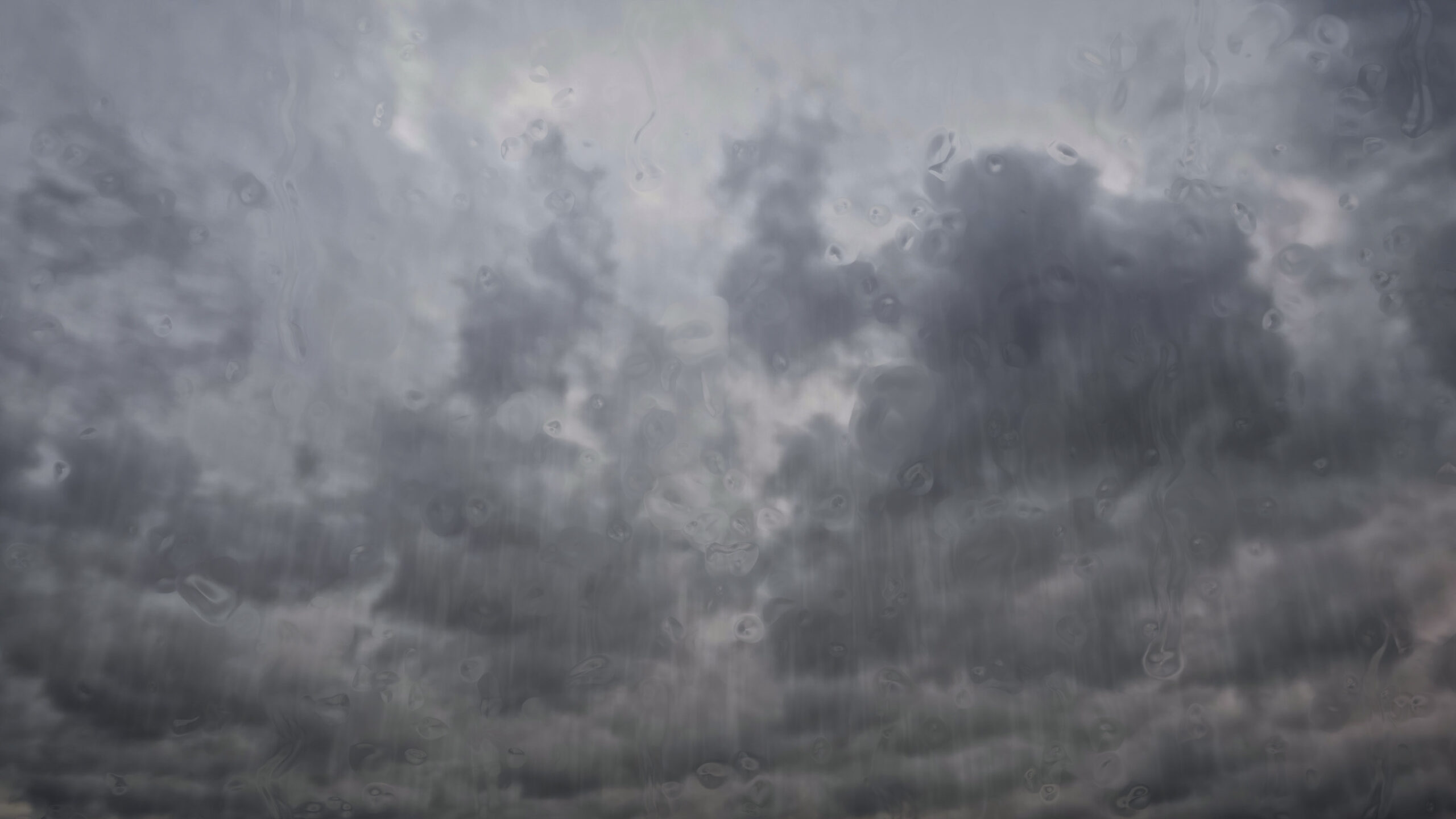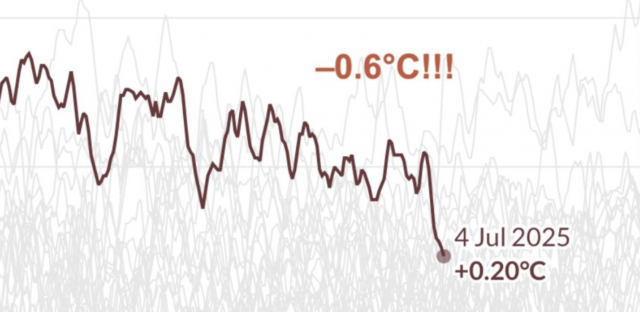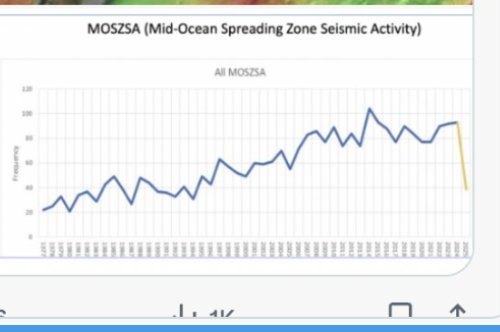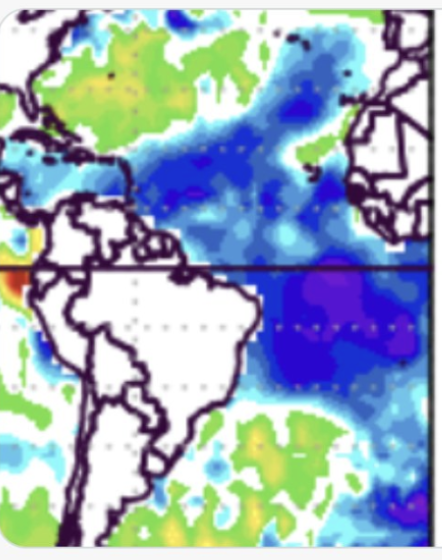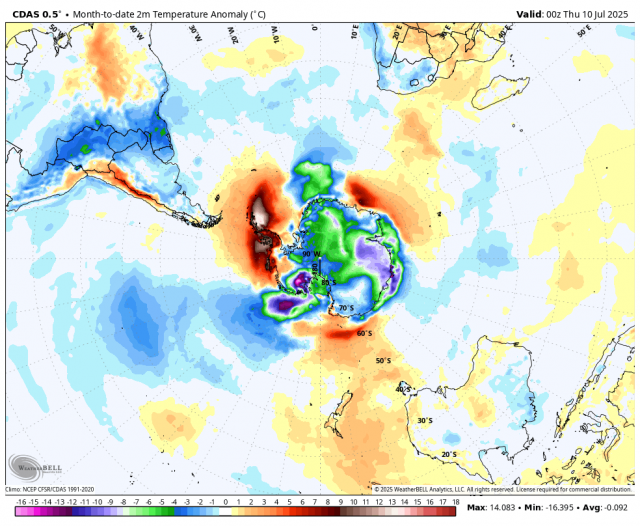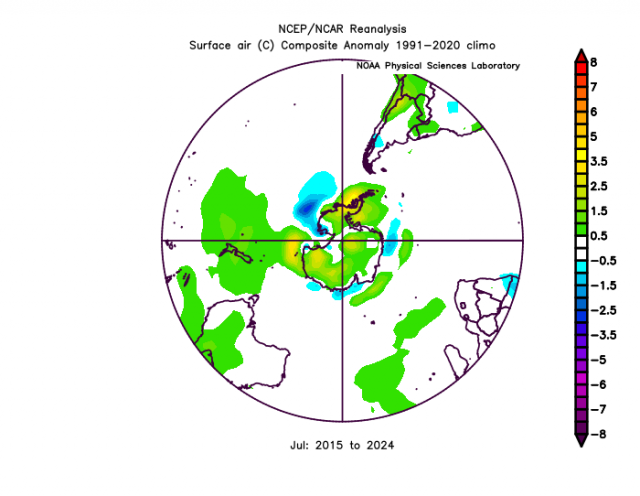I guess what I resent most about the portrayal of extreme weather events is that, like snakes in the grass, the usual suspects hide until the event occurs. And when it occurs, they never even reference the entire picture. They simply use it to push whatever agenda they have, even though it has nothing to do with actually solving the major problem of a country that has expanding infrastructure and population, where normal occurrences (normal is different from averages, which are a product of all events, including extremes) or things that are expected to happen at some time are then portrayed as a justification for their agenda. It’s akin to bowling, but instead of 10 pins on the alley, there are 30. So, more get knocked over if you simply throw the same ball. There is more in the way, so more damage is going to be done. But that is their strategy in how they push these events. Particularly egregious here is that this summer’s US rain is occurring while global temperatures are returning to pre-Tonga and Niño levels, and there is no reference to the big picture.
I wrote this 2 years ago, showing why the jump in temperature could not be from a man made source:
https://www.cfact.org/2023/07/14/the-temperature-may-prove-it-is-not-co2/
Just like the drop is not from that either.
The combination of the impacts of the Tonga eruption, a strong el Niño and its water vapor input wearing off, along with the rapid drop off of geothermal activity and the resulting cooling of the Atlantic and Southern Hemisphere to temperatures not seen in its mid-winter since 2004, is a far bigger story from a global climate perspective than the floods.
Which is exactly opposite the 10 year means:
Consider this: If you divide Earth’s land mass into 5-mile by 5-mile areas, there are 2,280,000 25-square-mile land “boxes” on the planet. In an average year, you could expect approximately 1,000 to 3,000 1-in-100-year floods and 100 to 300 1-in-1,000-year floods in those 5-by-5 areas.
Now, what if your 5-by-5 area is flood-prone in a given pattern? In other words, what if the global pattern favored heavy rain in one area? There would naturally be more floods in that area, with other areas compensating with less. The pattern across the US (as I have outlined previously, fooled me back in Texas) but certainly not east of there, where a wetter-than-normal summer was forecasted. But if it’s going to be wetter than average, then the odds of someone getting a 1-in-100- to 300-year flood and also a 1-in-1,000-year flood have to be higher. Since we know they have to occur in any given normal year—some as little as 100 a year, others as much as 300 a year—screaming it’s man-made climate change is complete nonsense, as it’s a normal occurrence to have bad flooding somewhere. There will be years when these areas are dry. Just like with the tropics, when one basin is down in activity, others are up.
We have major meteorological outlets that all simply try to echo the same stories. How is it that none of them dig into the big picture? If everyone simply says the same thing, why even look at it? Given the advances of AI, which is going to make media outlets on weather obsolete (they don’t even know they are building the roads they are riding to their death by constant man-made climate change emphasis), they have a chance to show value and separate themselves by actually digging in behind the scenes. After all, to paraphrase the Apostle Paul, those who know what they know don’t yet know what they ought to know.
The floods are devastating. But if you are in a rainy pattern, simply to balance out the entire planet and what is expected, such things are to be expected. And trying to make them, as bad as they are, more than they are to push a missive that is being proven false simply by looking at what the actual weather is doing globally, shows either ignorance of the total picture or deception to hide it. That is what we are seeing here with people with nefarious motives.
